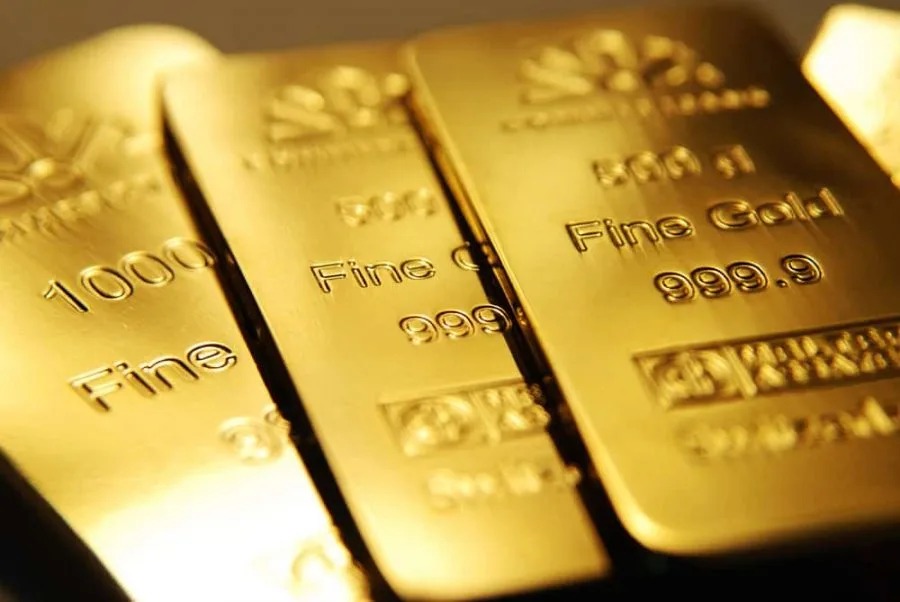Gold demand shone inside the first region as buyers sought shelter from the Ukraine battle and a long time-high inflation, enterprise records confirmed Thursday.
Demand jumped with the aid of approximately a 3rd to 1,234 tonnes in the first 3 months of 2022 from a year in advance, the World Gold Council stated in a report.
The general, the very best because the fourth zone of 2018, changed into driven by sturdy inflows for alternate-traded price range (ETFs).
“The Ukraine invasion and surging inflation were key factors driving both the gold price and demand,” the WGC noted.
Gold is widely regarded by investors as a safe store of value in times of geopolitical turmoil and rampant inflation.
“The first quarter of 2022 has been a turbulent one, marked by geopolitical crises, supply chain difficulties and surging inflation,” added WGC analyst Louise Street.
“These global events and market conditions have solidified gold’s status as a safe haven holding.”
Inflation, which was accelerating sharply as economies reopened from Covid lockdowns, worsened following Russia’s invasion of Ukraine in late February.
As a result, gold advanced to $2,070.44 per ounce in early March.
That was close to the all-time pinnacle of $2,075.47 that was forged in the summer 2020 during the deadly Covid pandemic.
Thursday’s report also revealed that ETF demand jumped by 269 tonnes in the first quarter.
That more than reversed an annual ETF net outflow of 174 tonnes in 2021.
ETFs — which allow investment without trading on the futures market — were “fuelled by safe haven demand”, it said.
The document added, however, that total funding demand sank by using a 5th to 282 tonnes in the first region, hit by using China’s renewed Covid lockdowns and excessive local expenses in Turkey.
Jewelry call for declined seven percent to 474 tonnes on softer hobby from key customers China and India.

















